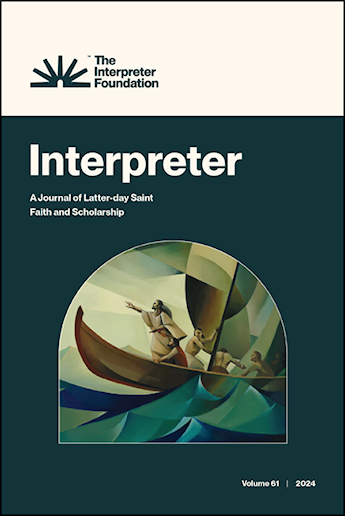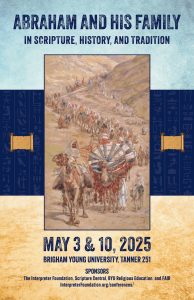Review of Alexander L. Baugh, Steven C. Harper, Brent M. Rogers, and Benjamin C. Pykles, eds. Joseph Smith and his First Vision: Context, Place, and Meaning (Provo, UT: Religious Studies Center, Brigham Young University, Salt Lake City: Deseret Book, 2021). 289 pages. $27.99 (hardcover).
Abstract: In the year 2020, members of The Church of Jesus Christ of Latter-day Saints celebrated the 200th anniversary of the First Vision of the Prophet Joseph Smith. As a part of honoring that seminal moment in the Church’s history, the Church History Symposium focused on the context, place, and meaning of the First Vision. Selected papers from the conference have been published in Joseph Smith and his First Vision: Context, Place, and Meaning, edited by Alexander L. Baugh, Steven C. Harper, Brent M. Rogers, and Benjamin C. Pykles, offering new insights and research into Joseph Smith’s theophany in the Sacred Grove that has inspired millions worldwide to ask of God as Joseph did. The papers selected for publication are well-written and provide a great deal of new scholarship relating to the dramatic theophany that Joseph Smith experienced, and, as such, it is a great addition to any Latter-day Saint’s library.
Continue reading →



 Welcome to Interpreter: A Journal of Latter-day Saint Faith and Scholarship, the peer-reviewed journal of The Interpreter Foundation, a nonprofit, independent, educational organization focused on the scriptures of The Church of Jesus Christ of Latter-day Saints. Non-print versions of our journal are available free of charge, with our goal to increase understanding of scripture. Our latest papers can be found below.
Welcome to Interpreter: A Journal of Latter-day Saint Faith and Scholarship, the peer-reviewed journal of The Interpreter Foundation, a nonprofit, independent, educational organization focused on the scriptures of The Church of Jesus Christ of Latter-day Saints. Non-print versions of our journal are available free of charge, with our goal to increase understanding of scripture. Our latest papers can be found below. 
 Video and audio recordings are now available
Video and audio recordings are now available